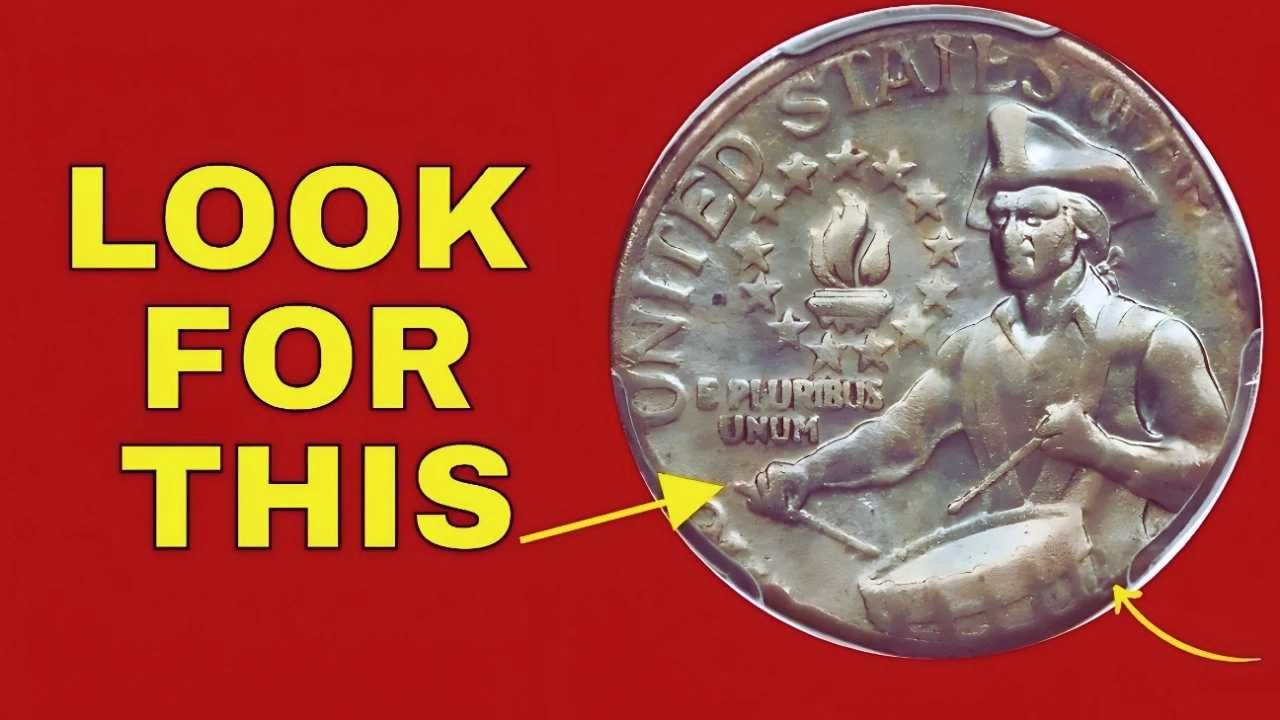Could a quarter in your change be worth over $5 million? The 1976 Bicentennial quarters, made to celebrate America’s 200th birthday, are mostly worth 25 cents, but six ultra-rare versions have sold for millions at auctions. These special coins have unique errors or features that make them treasures for collectors. You might have one in your pocket or piggy bank right now. Let’s dive into what makes these quarters so valuable and how to spot them.
Why Bicentennial Quarters Stand Out
In 1975 and 1976, the U.S. Mint made over 1.6 billion Bicentennial quarters to mark 200 years of American independence. These coins have a special design with a drummer boy on the back and dual dates (1776–1976) on the front. Most were made of copper and nickel, but some from the San Francisco Mint used 40% silver. While common quarters are worth face value, rare ones with errors or high quality can fetch huge sums. The six most valuable are known for their rarity and unique flaws, making them collector’s gold.
How to Spot a Million-Dollar Quarter
Finding one of these rare quarters takes a sharp eye. Start by checking the date—it should say 1776–1976. Look for the mint mark: “S” for San Francisco, “D” for Denver, or no mark for Philadelphia. The most valuable ones often have errors, like double-struck designs or being struck on the wrong metal, such as a dime. Others are high-grade silver proofs with a mirror-like finish. Use a magnifying glass to check for doubling in the letters or drummer boy image. If you spot something odd, it’s worth a closer look.
Bicentennial Quarter Specifications
| Feature | Details |
|---|---|
| Years Minted | 1975–1976 |
| Material | Clad (copper-nickel) or 40% silver |
| Weight | 5.67g (clad), 5.75g (silver) |
| Mint Marks | None (Philadelphia), D (Denver), S (San Francisco) |
| Key Identifier | Errors or high-grade proof finish |
What Makes These Six So Valuable?
The six Bicentennial quarters worth over $5 million each are one-of-a-kind due to rare minting errors or pristine condition. For example, one was struck on a dime, creating a thin, silver-looking coin that sold for $9.2 million in 2020. Another, a 1976-S silver proof with a perfect “deep cameo” finish, fetched $7.8 million in 2023. A double-die obverse quarter from Denver, where the design appears blurry, sold for $6.4 million. These coins are rare because most errors were caught by the Mint, and high-grade proofs were limited. Their historical value and scarcity drive prices up.
Where to Hunt for These Treasures
You don’t need to be a coin expert to find these quarters. Check your loose change, old coin rolls, or family collections. Coin shops, flea markets, or bank rolls are great places to look. If you find a suspicious quarter, don’t clean it—cleaning can ruin its value. Take it to a professional coin dealer or grading service like PCGS or NGC to confirm its authenticity. You can sell valuable coins at auctions, through dealers, or online platforms like eBay, but research their worth first to avoid being shortchanged.
- Search pocket change, coin jars, or bank rolls for 1976 quarters.
- Look for mint marks and errors like doubling or odd metal.
- Avoid cleaning coins to preserve their value.
- Get coins graded by experts for authenticity.
- Sell through auctions, dealers, or trusted online sites.
A Piece of History Worth Millions
The 1976 Bicentennial quarters are more than money—they’re a snapshot of America’s 200th birthday celebration. The six ultra-rare versions, with their errors or perfect condition, tell a story of craftsmanship and chance. Whether you’re a collector or just curious, checking your change for these quarters is a fun way to hunt for treasure. You never know—that quarter you almost spent could be worth millions. Keep your eyes open, and you might find a piece of history that changes your life.
